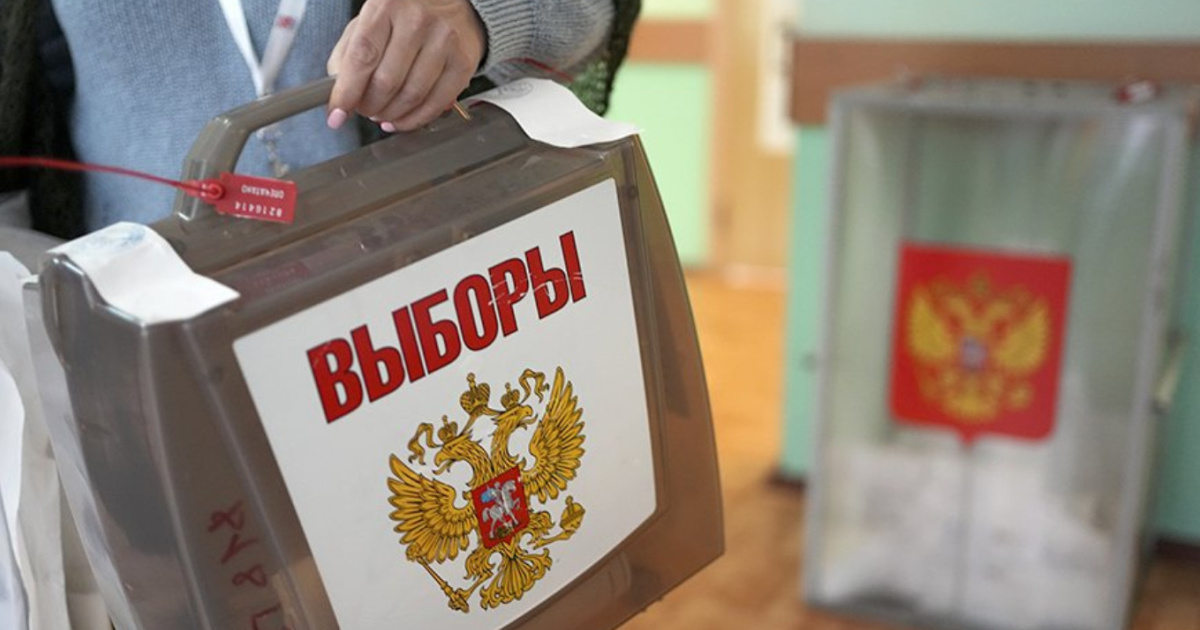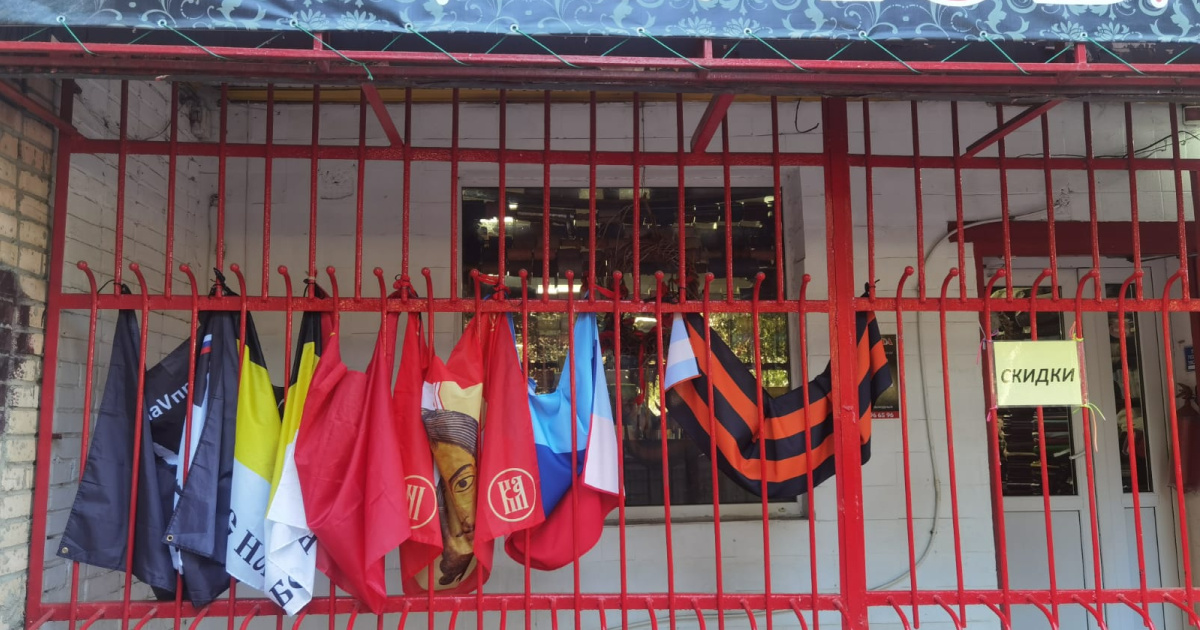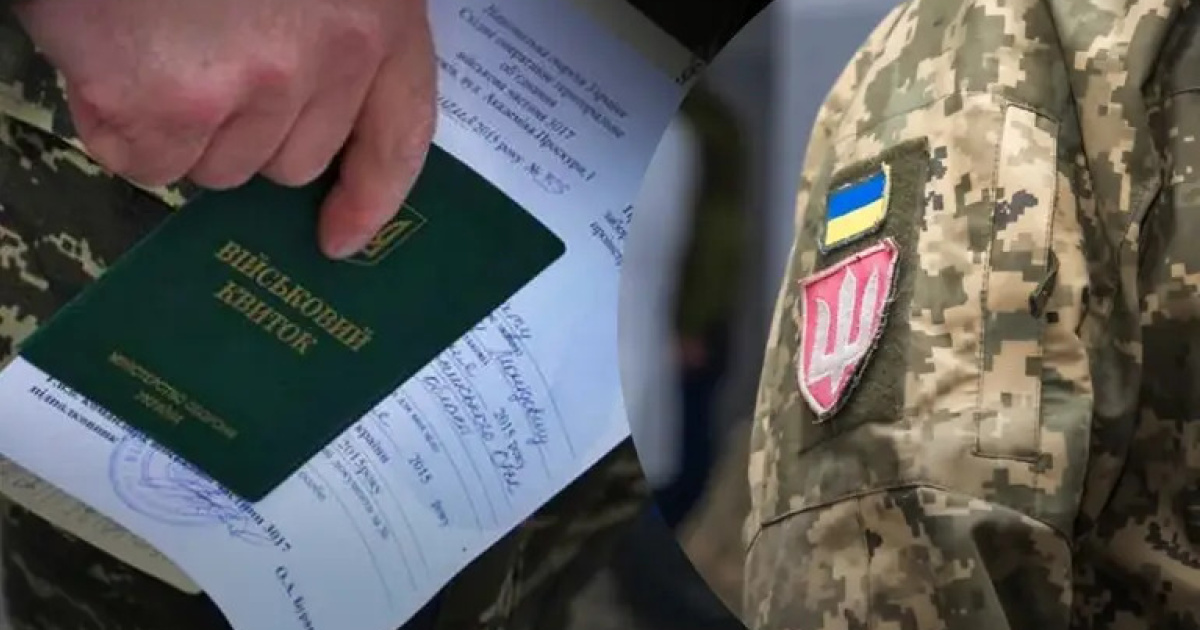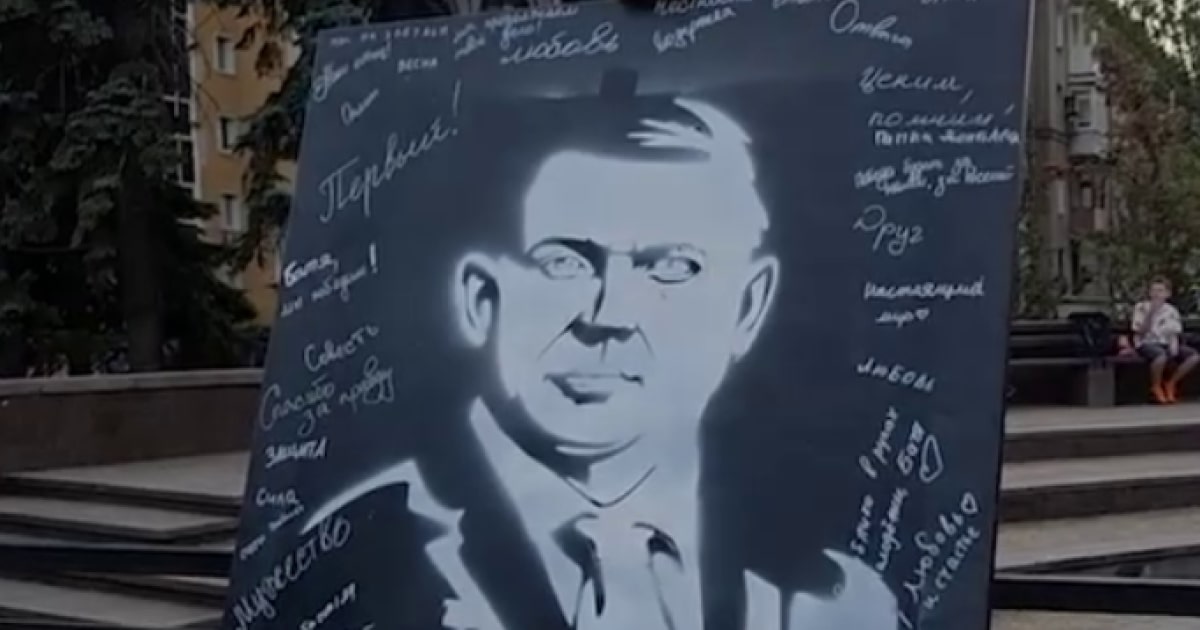“The only option enjoying absolute support from residents of all regions (81–90% depending on the region) and all language groups (83–88% depending on the language spoken at home) is strategic ukrainization. That is, this option not only has the greatest support at the national level, but also ensures consensus between regions and between language groups in Ukraine”, – this was the conclusion reached by specialists from the Kyiv International Institute of Sociology (KIIS) based on a survey they conducted in September.
According to the study, 87% of Ukrainians fully or rather support this type of language policy, of which 53% fully support it, and another 34% rather support it. Only 10% of respondents said that this option is rather or completely unacceptable to them.
At the same time, the “radical ukrainization” option is the least consensual: “it may be approved by the majority of the population in the West and Center, but in the South there is noticeable resistance, and in the East the majority consider it unacceptable”, - write the sociologists.
The term “strategic ukrainization” – which “can also be called gentle ukrainization” – includes the following points according to the sociologists:
- Ukrainian is the only state and official language;
- The main language of education in schools, etc., is Ukrainian;
- Ordinary citizens who wish or are used to speaking russian may do so without pressure or condemnation;
- Gradual, non-compulsory spread of the Ukrainian language is encouraged: more quality content online in Ukrainian, books, etc.
“Radical ukrainization” was described by sociologists as:
- Stigmatization and pressure on russian-speaking citizens to switch to Ukrainian, banning the use of russian even in everyday life;
- Ukrainian is the only state and official language;
- The main language of education in schools, etc., is Ukrainian;
- Russian is prohibited everywhere, including in daily, family, and friendly communication;
- All russian-speaking citizens are forced to fully switch to Ukrainian.
The study was conducted from September 2–14 via telephone interviews. In total, specialists surveyed 2,012 Ukrainians living in government-controlled territory.





